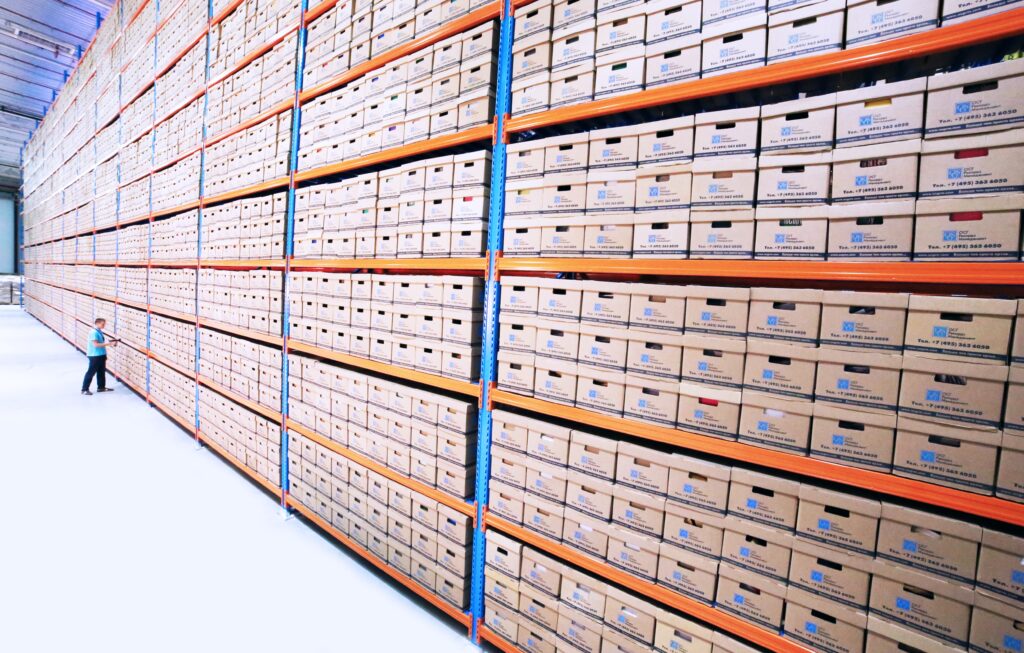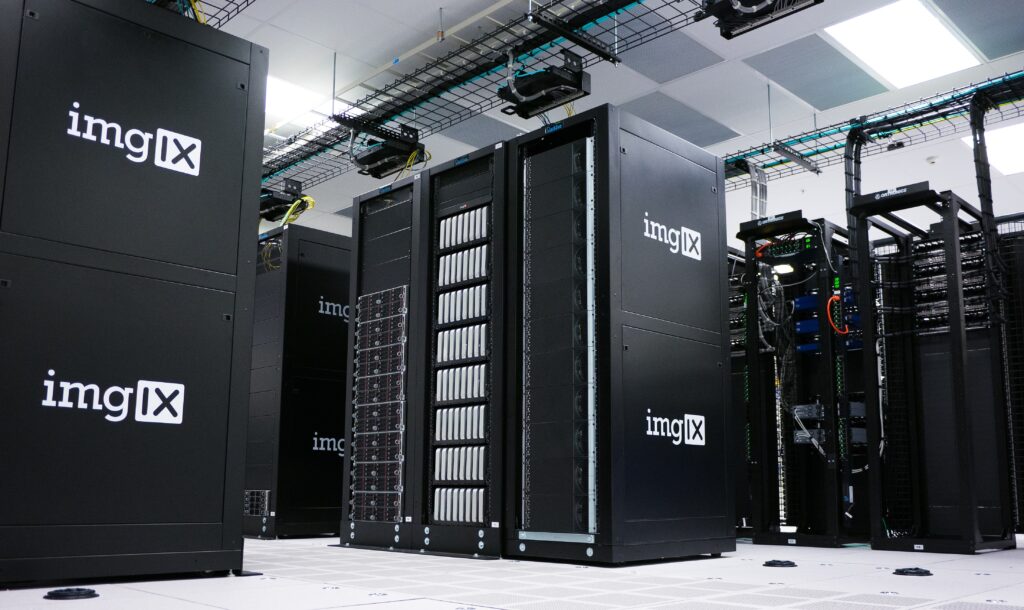In the modern era of data-driven decision-making, organizations face the challenge of managing and analyzing vast amounts of data. Data lakes and data warehouses are two prominent architectural approaches that address this challenge. This article provides an overview of data lakes and data warehouses, explores their differences, and helps organizations make informed decisions about choosing the right architecture for their analytics needs.
I. Difference between Data Lakes and Data Warehouses:

Definition and Purpose:
a. Data Lakes: A data lake is a centralized repository that stores raw, unprocessed data in its native format. It acts as a landing zone for various types of data, including structured, semi-structured, and unstructured data.
b. Data Warehouses: A data warehouse is a structured, curated repository that stores processed and transformed data in a well-defined schema. It integrates data from different sources to support structured querying and analysis.
Data Storage and Structure:
a. Data Lakes: Data lakes store data in its original, raw form, preserving its native structure. They offer flexibility and scalability, allowing diverse data types and formats to coexist without prior transformation.
b. Data Warehouses: Data warehouses structure data in a predefined schema optimized for querying and analysis. They involve an Extract, Transform, Load (ETL) process that transforms and organizes data before storage.
Data Processing and Analysis:
a. Data Lakes: Data lakes support exploratory and ad-hoc analysis by enabling users to access raw data directly. They leverage technologies like Apache Hadoop and Spark for distributed processing and offer flexibility for data exploration and experimentation.
b. Data Warehouses: Data warehouses facilitate structured querying, reporting, and analysis. They use Online Analytical Processing (OLAP) techniques and SQL-based queries to provide fast, aggregated, and pre-calculated results.
Data Governance and Security:
a. Data Lakes: Data lakes offer less inherent governance and security features compared to data warehouses. Data access controls and governance practices need to be implemented explicitly.
b. Data Warehouses: Data warehouses prioritize data governance and security. They enforce strict controls, authentication, and authorization mechanisms to ensure data integrity and protection.
II. Which is Better: Data Lakes or Data Warehouses?

The choice between data lakes and data warehouses depends on specific business requirements and use cases. It is not a matter of one architecture being inherently superior to the other. Consider the following factors when deciding:
Data Variety and Flexibility:
a. Data Lakes: Choose data lakes when dealing with diverse, unstructured, or rapidly evolving data sources. They provide flexibility and agility for data exploration and experimentation.
b. Data Warehouses: Choose data warehouses when dealing with structured data sources and well-defined reporting and analysis requirements.
Data Governance and Security:
a. Data Lakes: Data lakes require additional efforts to implement robust governance and security controls. They are suitable when flexibility and speed of data ingestion are a priority.
b. Data Warehouses: Data warehouses prioritize governance and security by enforcing predefined structures and access controls. Choose data warehouses for compliance-sensitive or regulated environments.
Analytics Use Cases:
a. Data Lakes: Data lakes excel in exploratory analytics, machine learning, and big data processing scenarios where data exploration and experimentation are essential.
b. Data Warehouses: Data warehouses are well-suited for structured reporting, ad-hoc queries, and business intelligence use cases that require fast and reliable insights.

Conclusion:
In conclusion, both data lakes and data warehouses serve distinct purposes in the analytics landscape. Data lakes offer flexibility, scalability, and the ability to handle diverse data types, making them ideal for exploratory and experimental analytics. On the other hand, data warehouses provide structured querying, pre-defined schemas, and robust governance for structured reporting and business intelligence. The choice between data lakes and data warehouses depends on factors such as data variety, governance requirements, and specific analytics use cases. Organizations should carefully assess their needs and consider a hybrid approach or data lake and data warehouse integration for a comprehensive and adaptable analytics architecture.
FAQs
What is the difference between a data lake and a data warehouse?
A data lake is a repository that stores raw, unprocessed data in its native format, while a data warehouse is a curated repository that stores processed and transformed data in a well-defined schema.
Which is better, a data lake or a data warehouse?
The choice depends on specific business requirements and use cases. Data lakes offer flexibility, scalability, and support for diverse data types, making them suitable for exploratory analytics. Data warehouses prioritize structured querying, reporting, and governance, making them ideal for structured reporting and business intelligence.
Can data lakes and data warehouses coexist in an organization’s analytics architecture?
Yes, data lakes and data warehouses can coexist and complement each other. Organizations often adopt a hybrid approach, where they use data lakes for exploratory analysis and data warehousing for structured reporting and analysis. Integration between the two can provide a comprehensive analytics solution.
What are the key considerations when choosing between a data lake and a data warehouse?
Factors to consider include the variety and structure of the data, governance and security requirements, and the specific analytics use cases. Data lakes are suitable for diverse and unstructured data, while data warehouses are preferable for structured data and well-defined reporting needs.
How does data governance differ between data lakes and data warehouses?
Data warehouses prioritize governance by enforcing predefined structures and access controls. Data lakes require additional efforts to implement robust governance practices and security controls explicitly. Organizations need to establish appropriate governance measures to ensure data integrity and protection in data lakes.

